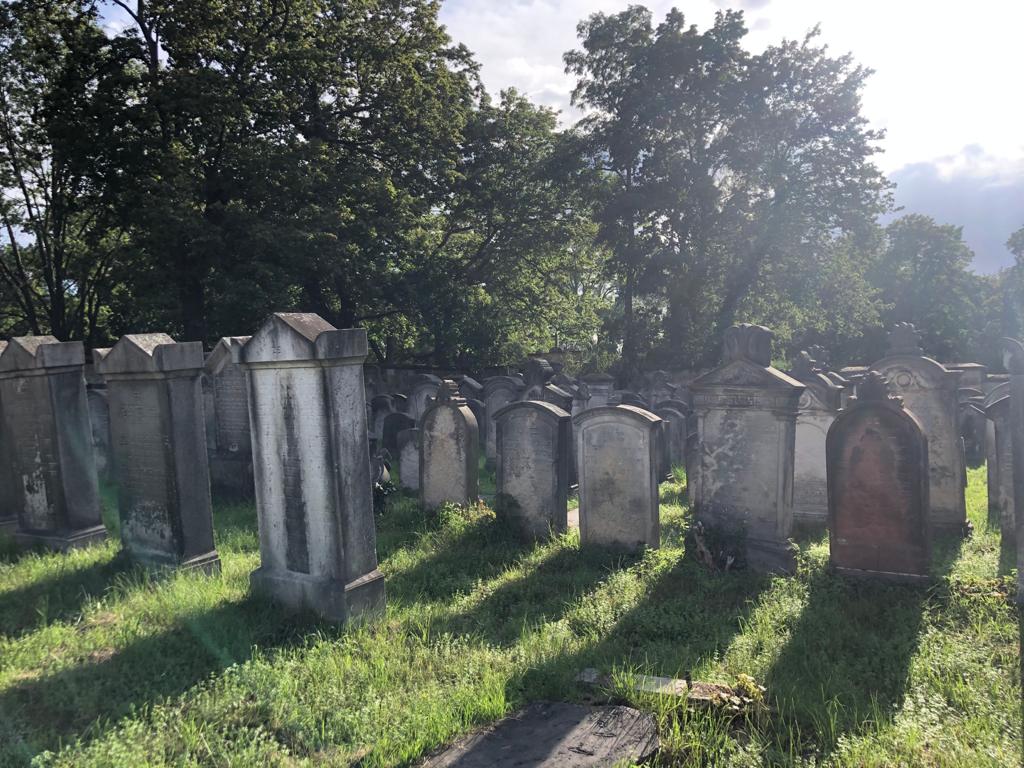Situated at the foot of the Harz mountains, Halberstadt is a town with religious architecture and timber construction, in the state of Saxony-Anhalt in Germany. A medieval town with impressive structures, Halberstadt has much to offer to anyone who visits it. However, one of the most known aspects of the town is its link to Jewish heritage.
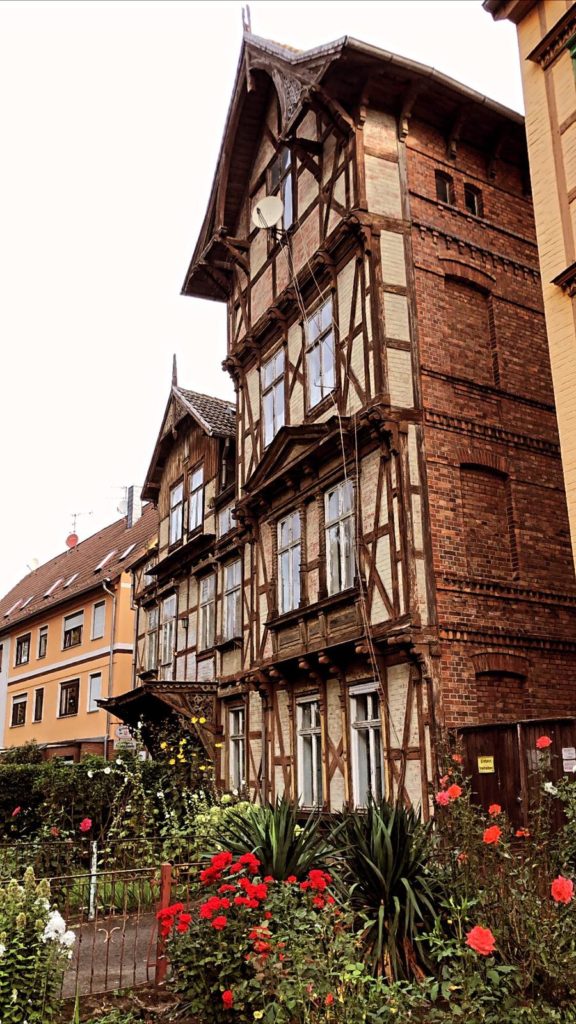
Town history
Halberstadt was an independent town till 1648 and later became part of Brandenburg-Prussia. In this German empire, belonging to the Prussian province of Saxony, it was the bishops in the town who invited the Jews. By the end of the 19th century, Halberstadt was home to Jews and it seemed like it always would remain one. However, with the Nazi movement, around 400 Jews from the town were deported and murdered. (Berend Lehmann Museum, n.d.)
Jewish history in Halberstadt
As per the documents, the first presence of Jews in Halberstadt dates back to 1261. The bishops’ protected the Jews and they could live in the town after paying an annual fee. The Jewish quarter (Image 2) was located next to the bishop’s residence and the Christians and Jews lived together. After the 30-year war, Halberstadt became part of Brandenburg-Prussia and the prince then allowed Jews to enter trade, “butcher according to their ways” and have a synagogue. Later, the community developed into the most important one in Germany. Halberstadt also functioned as the seat of the chief rabbinate overseeing the area up to Minden and Hameln. A process of Jewish acculturation into the non-Jewish society took place in conjunction with the ideas of the Jewish Enlightenment. (Haskala) and Halberstadt became a link between tradition and modernity. (Berend Lehmann Museum, n.d.)
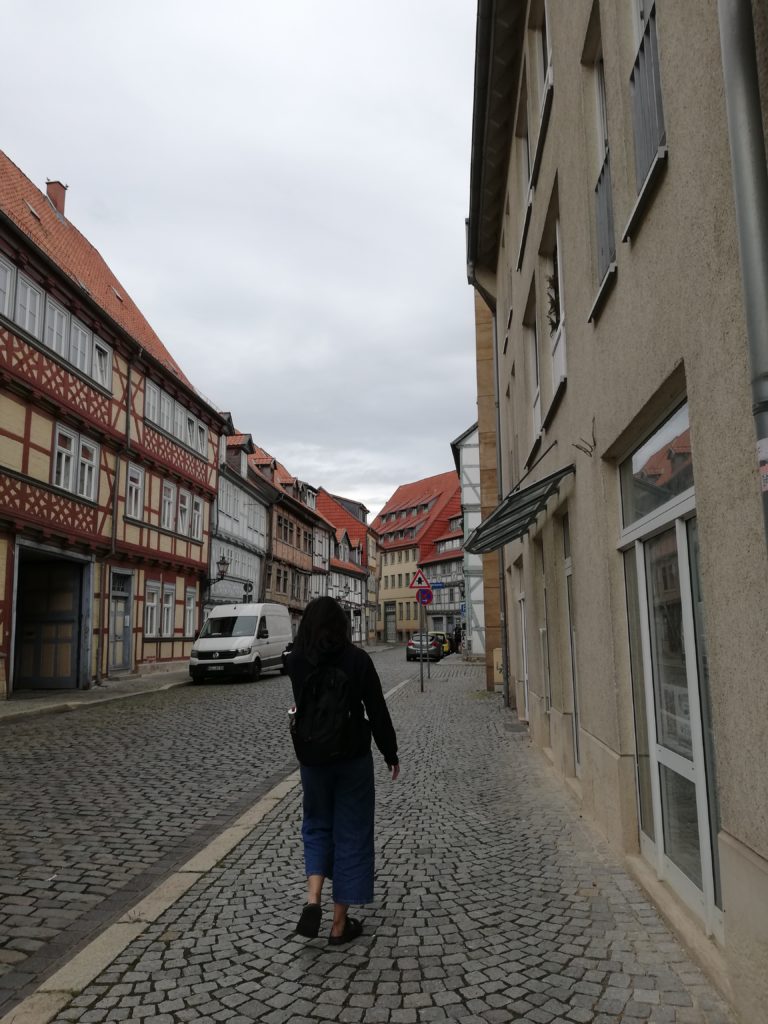
At the end of the 19th century, the Jewish community showed their attachment to the town by building new facilities for Jewish school and an old people’s home. The most important was the purchasing of a large patch of ground for a third cemetery “for eternity”. Unfortunately, with the Nazi’s power on the rise, on April 12 and November 22, 1942, the Jews of Halberstadt were deported. (Berend Lehmann Museum, n.d.)
Jewish Cemeteries
Cemeteries come across as heritage of memory and can sometimes also be uncomfortable, pertaining to their condition and history. The Jews in Halberstadt were welcomed by the town and its people to an extent where leaving the town wasn’t a question even with the rise of the Nazi power. The three cemeteries tell this very story of hope and faith. (Image 3)
“Cemeteries are great lieux de memoire as Pierre Nora said, they are places of memory and it doesn’t matter if they are Jewish, Christian or non-religious, we should care about them cause at the end they are the most explicit example of the evolution of the cities.”
-M. Paula O’Donohoe, Coordinator in European Heritage Volunteers, Halberstadt
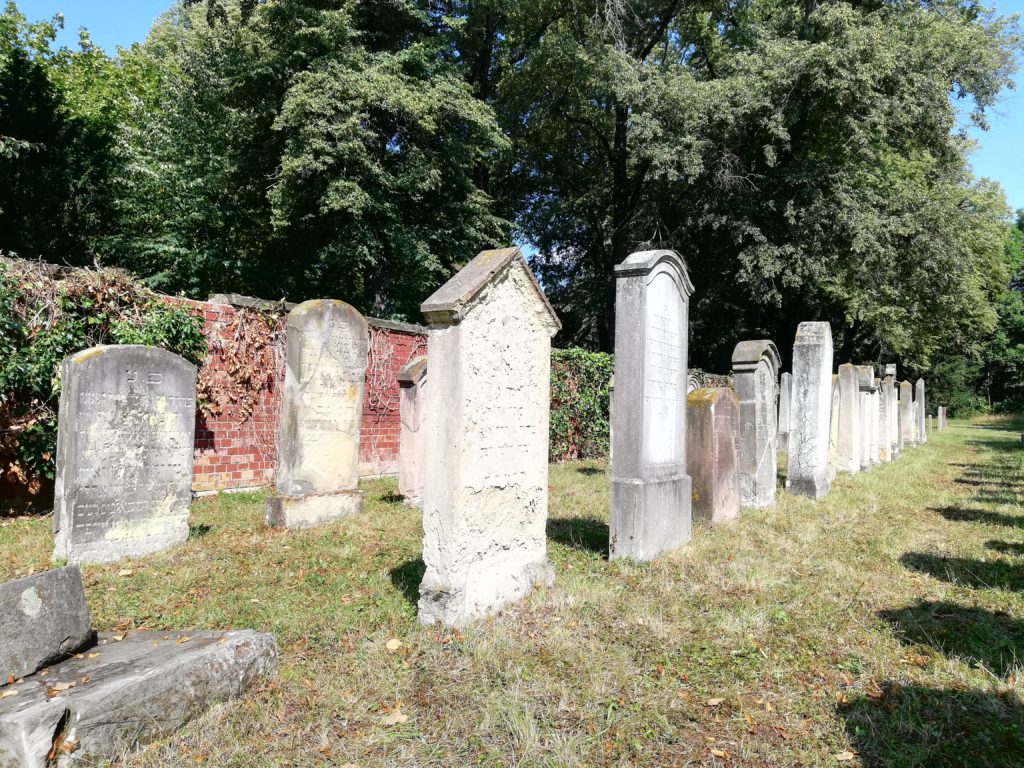
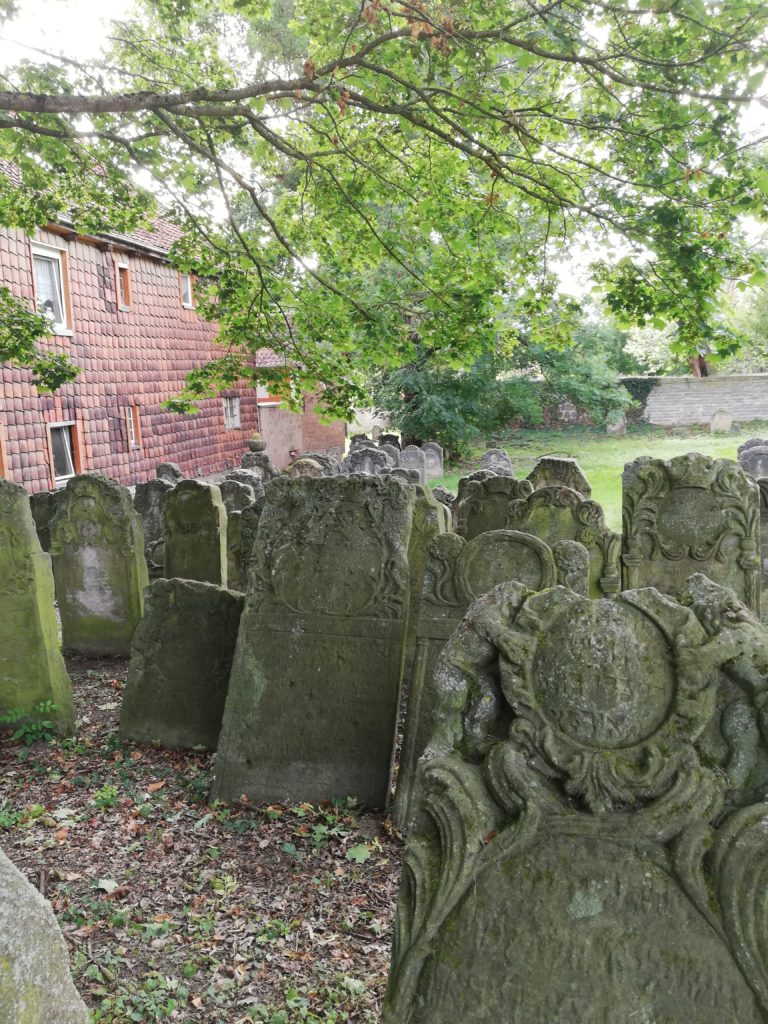
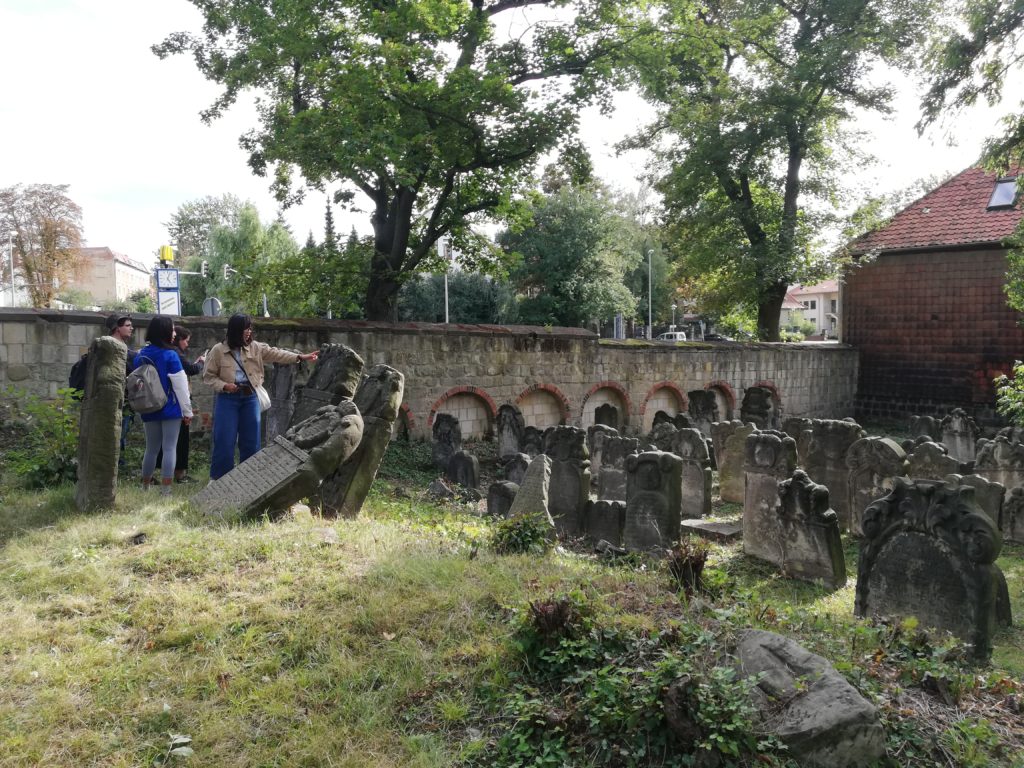
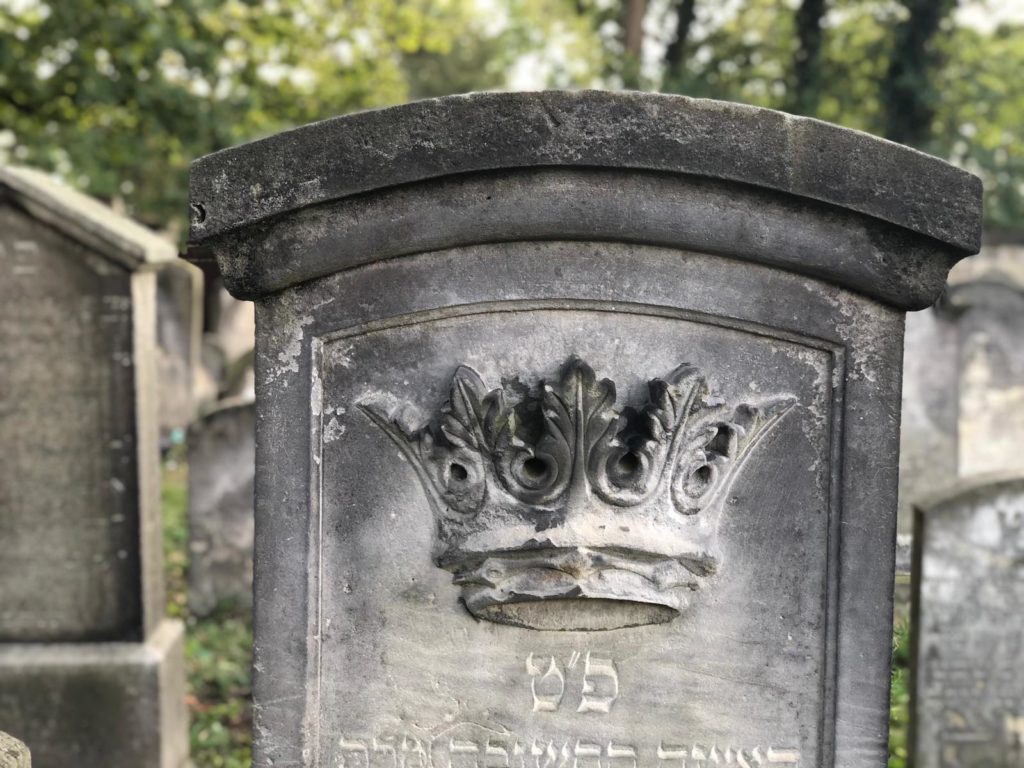
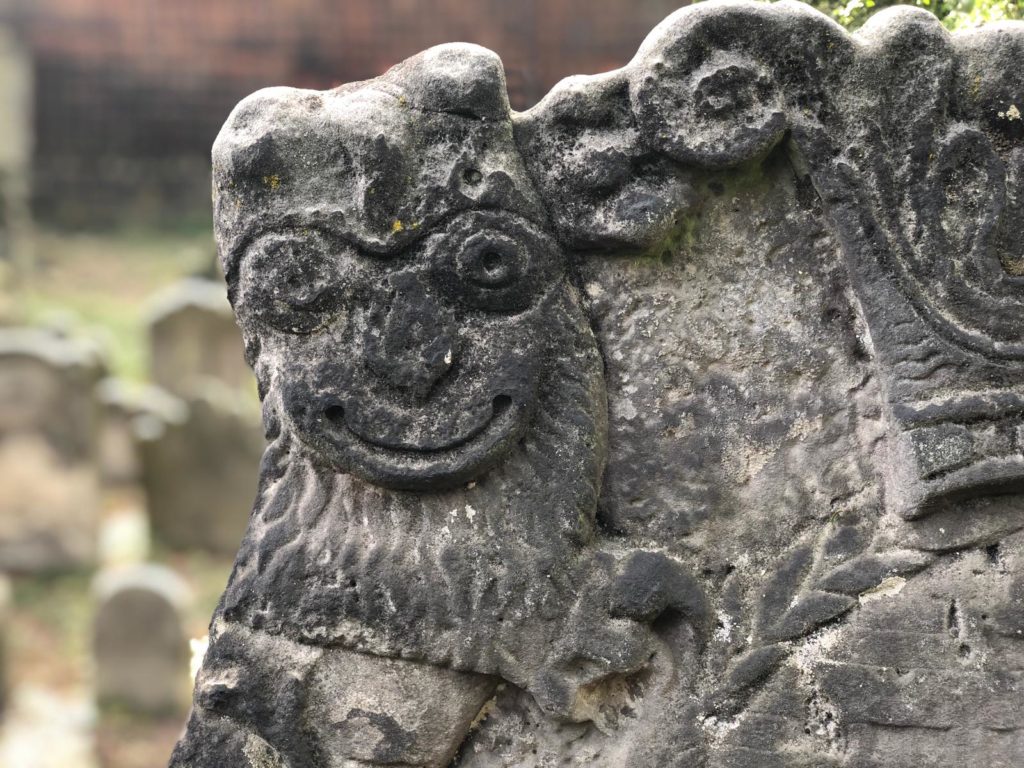
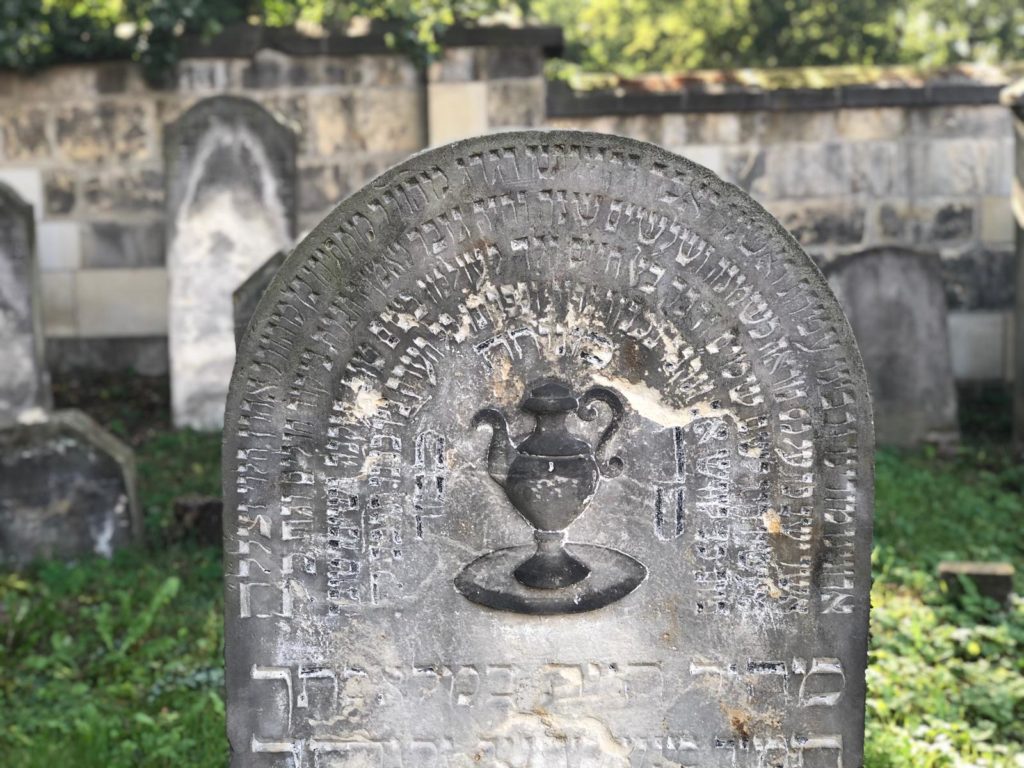
Each of the three cemeteries has its own feature which distinguishes it from the others. With elements from the then prevalent architecture, the gravestones clearly depict the overtime change in ornamentation and material. Walking through these unkempt cemeteries makes one wonder about the tragedy that the families of these people buried in these locations, had to endure. With the help of Moses Mendelssohn Akademie, European heritage Volunteers has been trying to document this heritage of memory since the past three years. (Image 4)
“The three cemeteries in Halberstadt are unique. The newest ones have stronger materials used for the gravestones. Also, the most damaged one are the ones most accessible.”
-M. Paula O’Donohoe, Coordinator in European Heritage Volunteers, Halberstadt
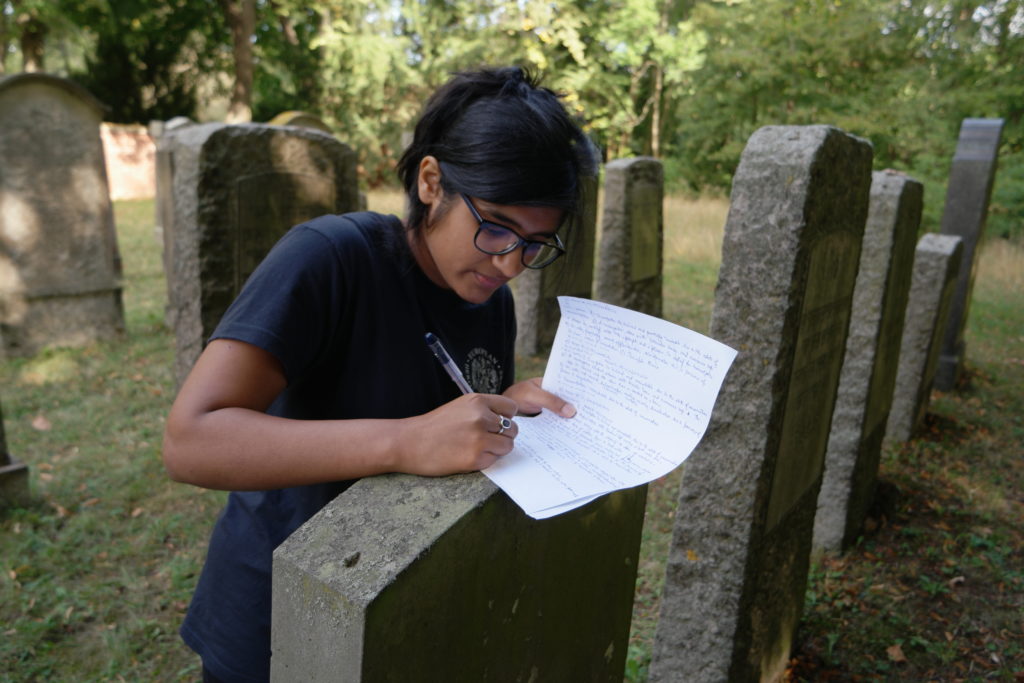
Synagogue, Mikveh and Adaptive Re-use
The Moses Mendelssohn Akademie was an important advocate of the Jewish Enlightenment or the Haskala. The akademie tries to preserve the Jewish heritage in the town and impart this knowledge to the visitors through various art and history exhibitions. It also organises city tours, seminars and educational trips. (www.moses-mendelssohn-akademie.de). One of the most interesting projects to visit is the Berend Lehmann Museum (Image 5) which is behind the Hirsch Café. (Image 6) The street view doesn’t disclose what lies behind this medieval looking building. It is preserved partly (Image 7) and houses the Mikveh with a permanent exhibit on the history of Jews in Halberstadt and Judaism in Germany. With traces of what used to be, the structure has been adapted to the needs of today, yet giving the visitor a peek into history.
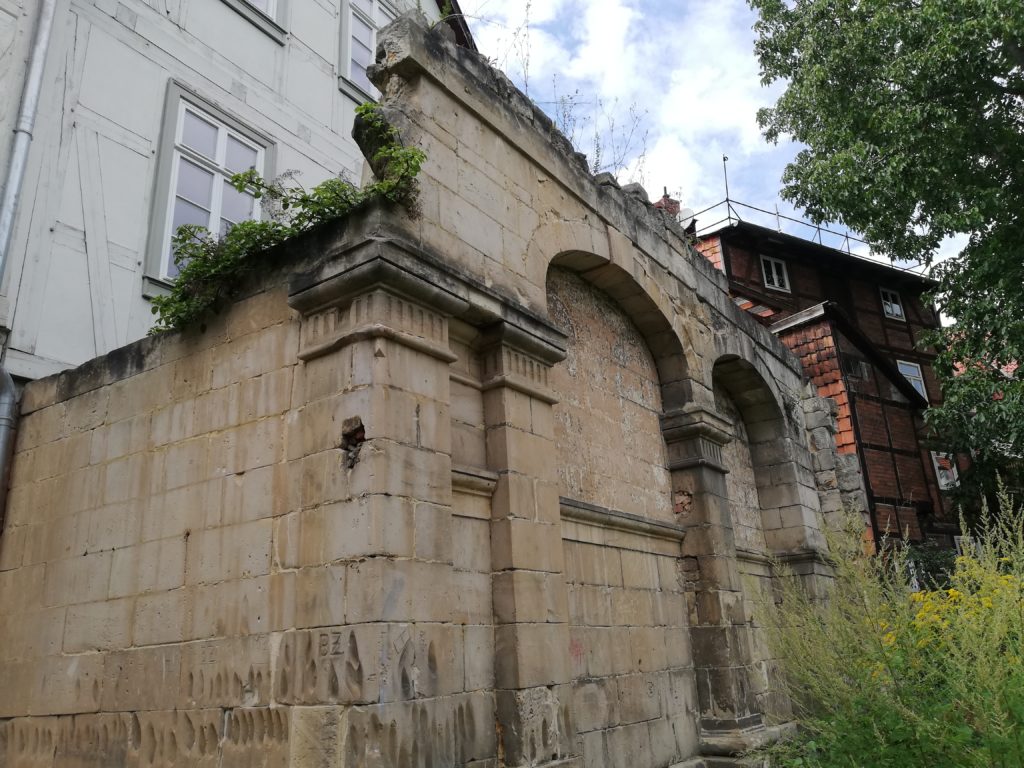
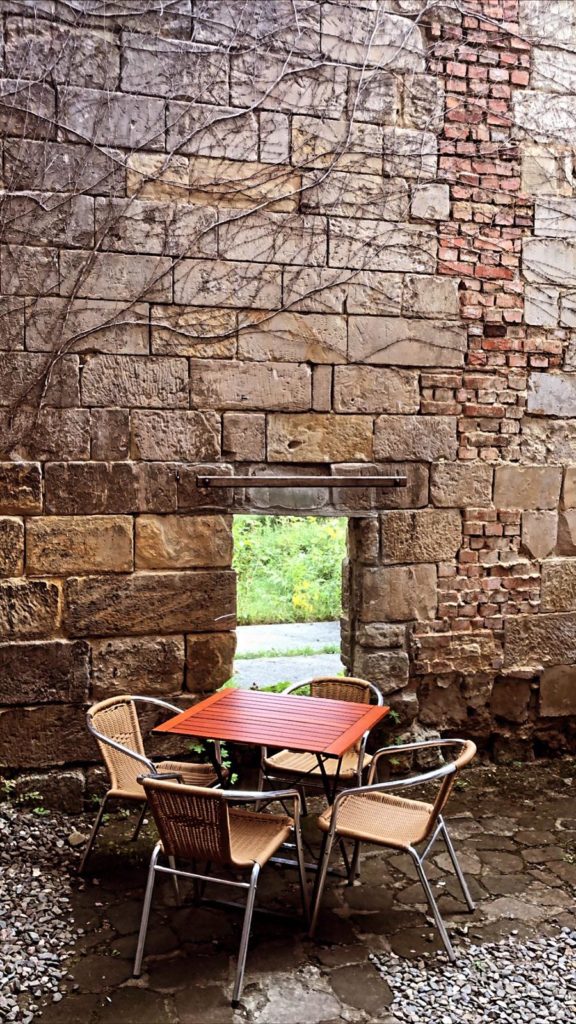
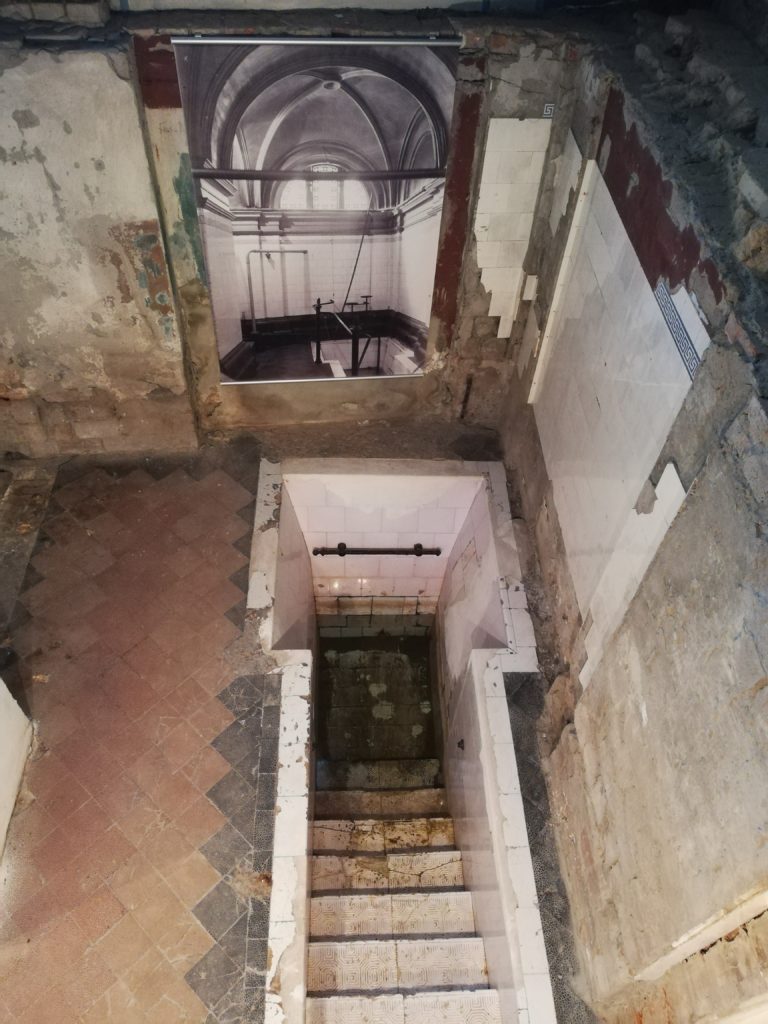
Conclusion
The town of Halberstadt, its connection to Jewish heritage and traces of built heritage, leaves behind many questions. This town’s history is incomplete without mentioning the Jews. The subject though is still uncomfortable. With respect to preservation and identity, one of the central questions is “Should a heritage such as a cemetery, which is unused and not maintained and which invokes uncomfortable feelings, be preserved?”. Some may say yes, while others might deny but a visit to this town may give a clearer picture.
“The most important reasons to preserve them is to maintain the memory of Halberstadt as a multi-religious and multicultural city and also the heritage of such an important Jewish community in Europe. To preserve the cemeteries helps to maintain the memories of the Holocaust and how the European Jewish communities disappeared and how anti semitic attitudes developed in Europe.”
-M. Paula O’Donohoe, Coordinator in European Heritage Volunteers, Halberstadt
Bibliography
Berend Lehmann Museum, J. D., n.d. Jewish Life in Halberstadt. Hamburg: Moses Mendelssohn Akademie, Internationale Begegnungsstätte halberstadt.
XXXXXXXXXXXXXXXXX